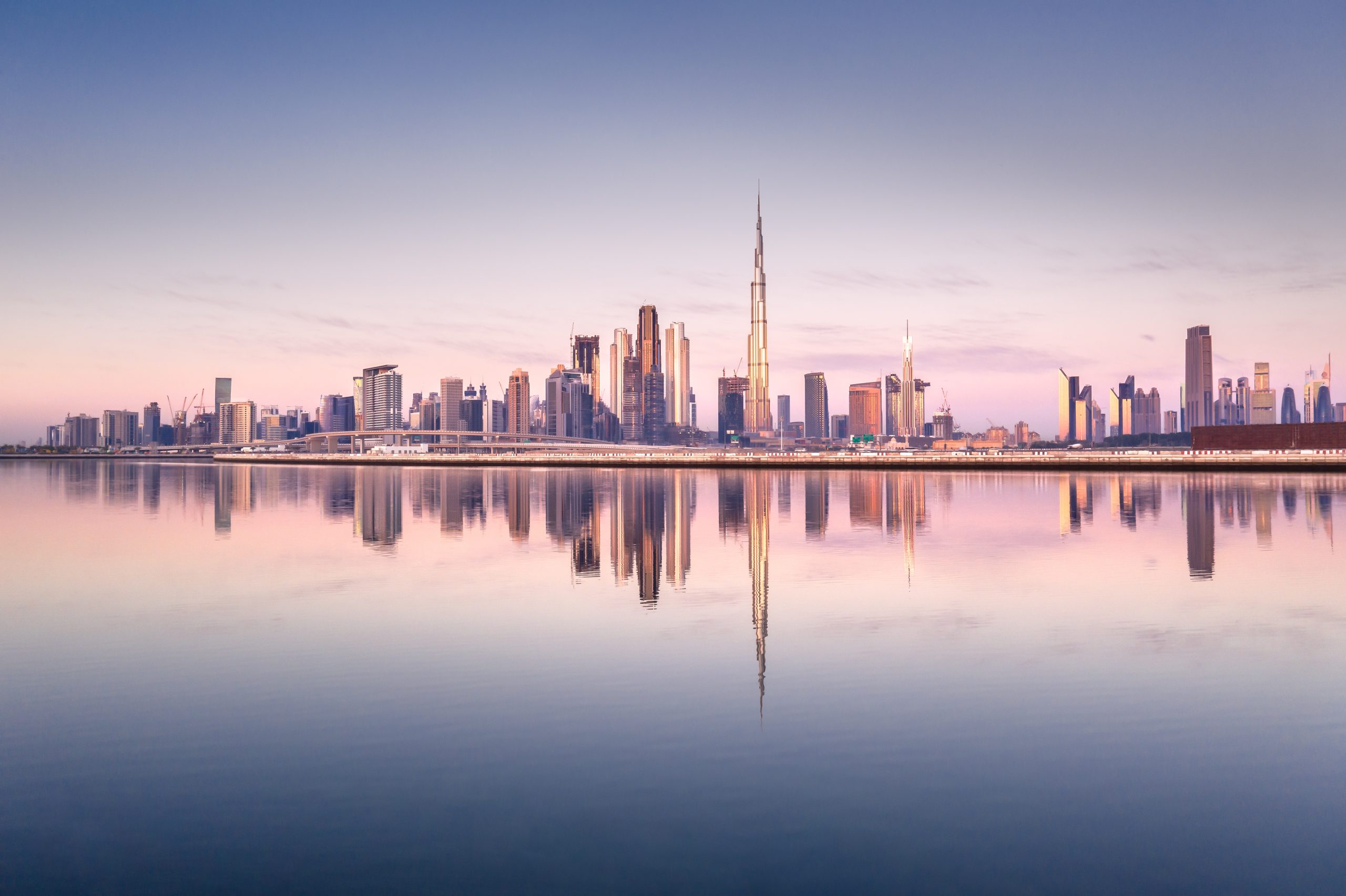High net worth individuals (HNWIs) are increasingly mobile – and are considering all options as they look for the best locations in which to live, work and safeguard their portfolios.
That’s one of the key findings from Spotlight on Wealth Trends, report that examines the evolving dynamics shaping the lives of HNWIs globally and the impact on real estate.
While established destinations such as New York, London, Monaco, Singapore and Hong Kong continue to anchor global wealth, new hotspots are emerging. Factors including lifestyle appeal, tax incentives and the gravitational pull of other wealthy individuals are influencing the location choices of HNWIs and broadening the landscape for wealth diversification.
Real estate continues to play a central role in wealth portfolios, but HNWI preferences are evolving. Tax remains a key driver: destinations such as Dubai and Miami are attracting buyers with favourable tax regimes as well as compelling lifestyle offerings. But buyers’ motivations vary widely. In established global cities, property purchases are often linked to the quality of education, capital preservation or the pursuit of trophy assets.
Despite the global spread of property holdings, there is also an emerging trend towards consolidation. Rising holding costs, inflationary pressures and tightening regulations on second-home ownership in some jurisdictions are prompting many HNWIs to consolidate their portfolios. For older individuals, this is often a strategic move to streamline assets in preparation for passing on their wealth to the next generation. For others, it reflects broader economic caution and a desire to reduce their exposure to regulatory risk.
The concept of a second home is also evolving. Increasingly, these properties are not just for leisure but act as functional bases for living and working. This shift mirrors the expansion of air travel in the mid-20th century, but today it is driven by digital connectivity and remote work. HNWIs are embracing nomadic lifestyles, embedding themselves in multiple jurisdictions and using global mobility to optimise both personal and financial outcomes.
New destinations appeal to wealthy individuals
The report includes the Savills HNW Individuals Hotspot Index: an analysis of the top destinations for the world’s wealthy based on five key pillars: business environment, family environment, legacy, lifestyle, and privacy and security. The top 30 locations are diverse, spanning cities, coastal resorts, ski slopes and countryside escapes.
Dubai, New York City, Singapore, Hong Kong and Abu Dhabi are the top five locations in our index, each offering robust business environments, family-friendly infrastructure, legal clarity and high levels of security and privacy.
Savills HNW Individuals Hotspot Index
Source: Savills Research using IMD, PWC, SpeedTest, WealthX, Oxford Economics, Michelin, STR, Numbeo and Source Security
In Europe, Monaco, London and Geneva lead the rankings. Monaco offers unmatched privacy and tax efficiency. London remains a global financial centre with deep cultural and educational assets. And Geneva combines stability with proximity to other HNWI hotspots in Switzerland. Elsewhere, destinations such as Milan, Rome and Lisbon are becoming more desirable. Italy’s €200,000 flat tax regime on global income has drawn attention to both urban and rural markets, while Portugal’s quality of life and connectivity continue to attract international buyers.
North America also features prominently in the HNW Individuals Hotspot Index, making up more than half of the top 30. The United States, which is home to over 38% of the world’s millionaires, offers a rich tapestry of city and resort destinations. Clustering effects are evident around New York and the Hamptons; Los Angeles and Malibu; San Francisco and the Monterey Peninsula; and Miami and Palm Beach. Even when relaxing, HNWIs prefer proximity to urban centres, underscoring the importance of connectivity and access.
In Asia-Pacific, rapid economic growth in the region has led to a surge in wealthy individuals. In addition to Singapore and Hong Kong, cities such as Beijing, Shanghai, Bangkok, Shenzhen and Tokyo rank highly. These destinations offer top-tier connectivity, economic clustering and investment potential, supported by luxurious lifestyle elements. Seoul, Kuala Lumpur and Sydney sit just outside the top 30.
Younger generations and policy are set to reshape wealth distribution
Looking ahead, the redistribution of wealth will be shaped by generational dynamics and global mobility. Millennials and Gen Z are set to inherit more than $18 trillion globally, according to Vanguard. This shift will be the largest intergenerational wealth transfer in history and will redefine the geography of wealth, as younger generations prioritise sustainability, digital infrastructure and quality of life.
Cities that respond to these priorities will become increasingly attractive. Sustainability-focused urban centres, tech-enabled environments and jurisdictions with progressive social policies are likely to rise in prominence. The preferences of younger wealthy people will reshape investment strategies, philanthropic priorities and the definition of a wealth hub itself.
Government policy is also playing a decisive role in shaping future wealth centres. Strategic reforms, investment migration programmes and infrastructure spending are transforming cities such as Riyadh and Delhi. Saudi Arabia’s Vision 2030 is a prime example: it’s an ambitious initiative to diversify the economy, attract international businesses and build a thriving tourism sector.
The interplay between policy and private capital is creating fertile ground for new ecosystems of affluence. In this new era, the next wealth hotspot may be less about legacy wealth hubs and more about agility, vision and the ability to attract the globally mobile.
The most attractive destinations for HNWIs span every continent, and more are likely to emerge as global wealth expands and diversifies. The challenge now is not only to identify where these hotspots are, but to understand why they matter – and how they reflect the evolving priorities of the world’s wealthiest individuals.
Read more on the changing wealth landscape in the Savills Spotlight on Wealth Trends.
The changing face of global wealth
Global wealth is undergoing a significant shift. There were more than 680,000 new millionaires in 2024, and nearly five million more are expected by 2029. The collective wealth of billionaires is also accelerating. It grew three times faster in 2024 than the previous year, driven by outsized returns in tech and industry. These sectors are not only generating new billionaires but also reshaping global wealth distribution.
Meanwhile, the number of children of billionaires has surged, intensifying succession planning challenges. Family offices are increasingly central to wealth preservation and inheritance, though there are regional differences. HNWIs in western markets favour early, transparent succession planning, while their counterparts in eastern markets remain more discreet.
HNWIs are increasingly investing in sectors that blend traditional wealth preservation with innovation. Technology and financial services are core focuses, reflecting an appetite for disruption and efficiency in wealth management. And ESG and impact investing have moved from the periphery to the centre of portfolio strategy.
Download Spotlight on Wealth Trends
Read more on global wealth flows: Changing wealth flows: how HNWIs and corporates pick a base in 2025



